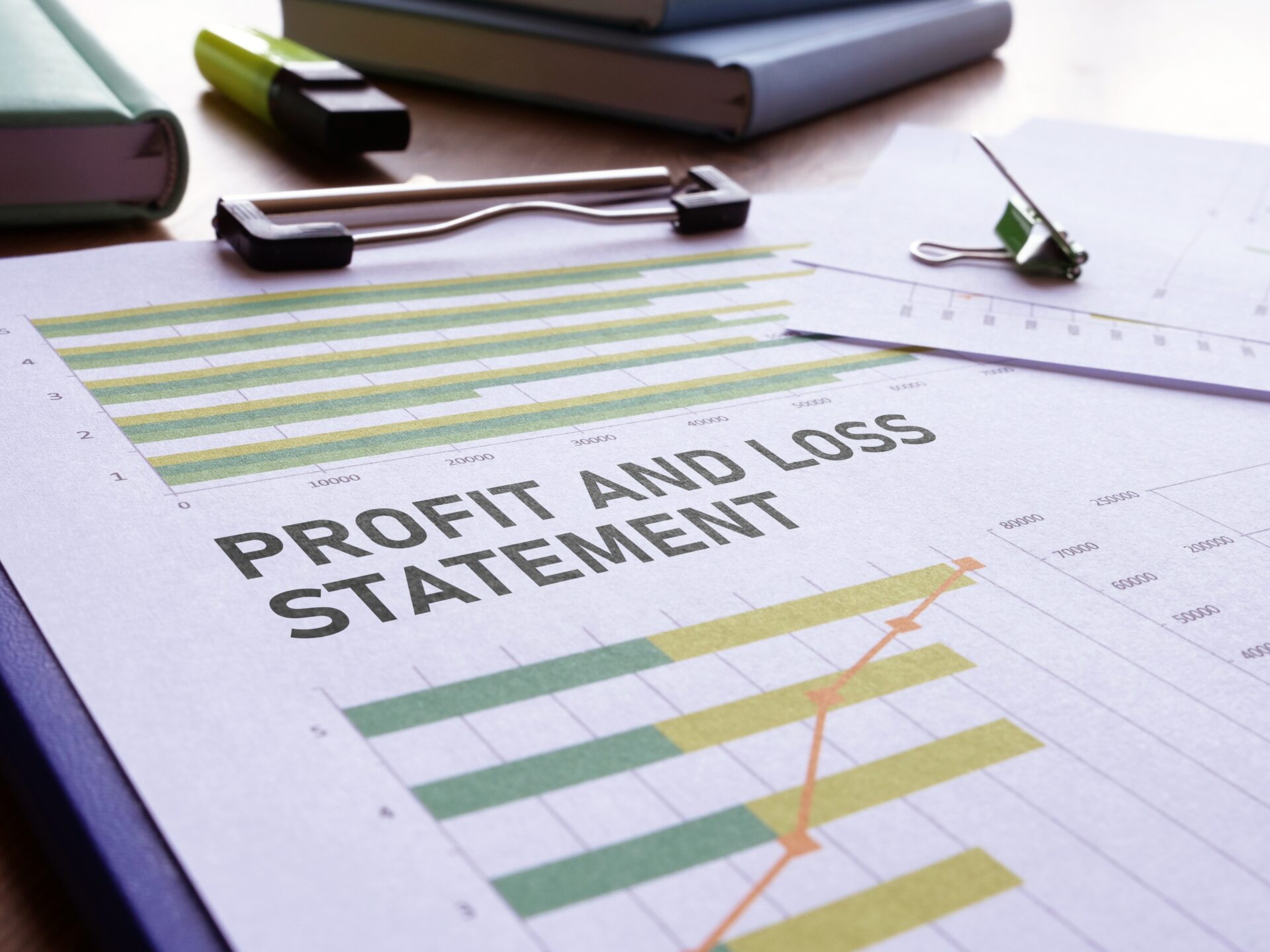Understanding profit and loss is essential for every business owner, freelancer, or entrepreneur. Simply put, profit means you’re making more money than you’re spending, while a loss means your expenses exceed your income. Knowing how to calculate profit and loss helps you make smarter financial decisions, track performance and plan for growth. In this article, we’ll breakdown the basic formulas, explain the different types of profit, walk through a real example and share tips and tools to help you manage your finances with confidence.
What is Profit and Loss?
Profit and loss are fundamental concepts in business finance. Profit occurs when a business’s income exceeds its expenses – essentially, you’re earning more than you’re spending. On the other hand, a loss means your expenses are greater than your income, which can signal trouble if it continues over time. These figures are typically summarized in a Profit and Loss Statement (P & L), also known as an income statement, which shows a business’s revenues, costs, and expenses over a specific period. It’s one of the most important tools for understanding your company’s financial health.
Understanding the Profit and Loss Formula
At its core, calculating profit or loss is simple:
Profit or Loss = Total revenue – Total Expenses.
Revenue refers to all the money your business earns from sales, service, or other income sources. Expenses include everything it costs to run your business – this could be COGS (Cost of Goods Sold), operating expenses, salaries, rent, utilities, marketing and more. If your revenue is higher than your expenses, you’ve made a profit. If your expenses are higher, you’ve incurred a loss. This basic formula forms the foundation of every Profit and Loss Statement.
Types of Profits
There are three main types of profit that give you a deeper view of your business’s financial performance:
- Gross Profit = Revenue – Cost of Goods Sold (COGS)
- This shows how much money you make after covering the costs of producing or selling your goods.
- Operating Profit = Gross Profit – Operating Expenses
- Also called operating income, this is reflected after subtracting day-to-day business costs like rent, salaries and utilities.
- Net Profit= Operating Profit – Taxes and Interest
- This is your bottom line- the final profit after all expenses, taxes, and interest have been paid.
Understanding all three levels helps you pinpoint where your business is performing well – or where it’s losing money so you can make better financial decisions.
Example: Small Business Profit and Loss Calculation
Let’s say you run a small online store. Here’s how your finances look for one month:
- Total Revenue: $10,000
- Cost of Goods Sold: $4,000
- Operating Expenses:
- Rent: $1,000
- Salaries: $2,000
- Marketing: $500
- Utilities & Misc: $300
Step-by-Step Calculation:
Revenue = $10,000 Total Expenses =
COGS: $4,000
Operating Expenses: $1,000 + $2,000 + $500 + $300 = $3,800
Total Expenses = $4,000 + $3,800 =$7,800
Profit = $10,000 – $7,800 = $2,200 Net Profit
Why Calculating Profit and Loss Matters
Knowing how to calculate profit and loss is essential for making smart decisions, it helps with financial planning and forecasting, so you can set realistic goals and manage growth. Accurate profit and loss tracking is also crucial for tax filing, ensuring you report income correctly and take advantage of deductions. Funders often require P&L statements to access your business performance and financial stability before offering funding or support.
Common Mistakes to Avoid
When calculating profit and loss, there are a few common mistakes that can lead to inaccurate results. One is ignoring hidden or one-time costs, like equipment repairs or annual software fees, which can throw off your numbers. Another is misclassifying income or expenses, such as recording a loan as revenue or mixing up operating expenses with cost of goods sold. Lastly, not separating personal and business finances can lead to confusion and unreliable financial reporting. Avoiding these mistakes ensures a clearer picture of your business’s true performance.
Tools to Help You Track Profit and Loss
Tracking profit and loss is much easier when you have the right tools. Accounting software can automatically generate Profit and Loss Statements, track income and expenses and keep your records organized. For smaller businesses or freelancers, simple templates and spreadsheets can do the job if maintained regularly. If you want expert guidance, hiring a bookkeeper or accountant ensures your financial are accurate, compliant and ready for tax season or investor reviews.
Key Takeaways
Understanding how to calculate profit and loss is key to making smarter financial decisions, spotting growth opportunities and avoiding costly mistakes. Whether you are running a business or freelancing, knowing your numbers puts you in control. Don’t just run your business – know it, grow it and profit from it.




